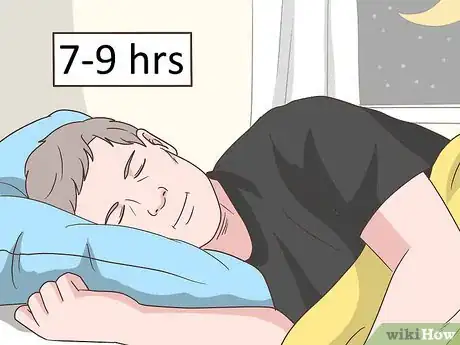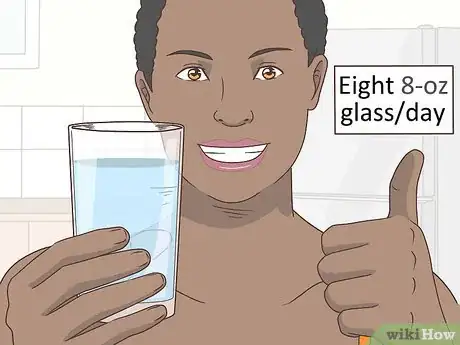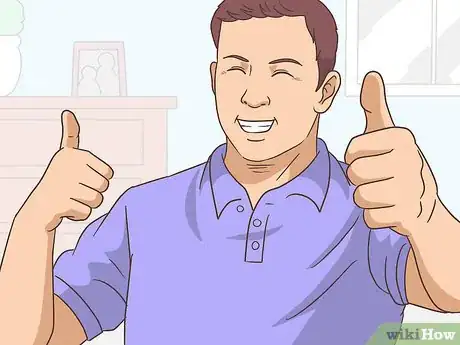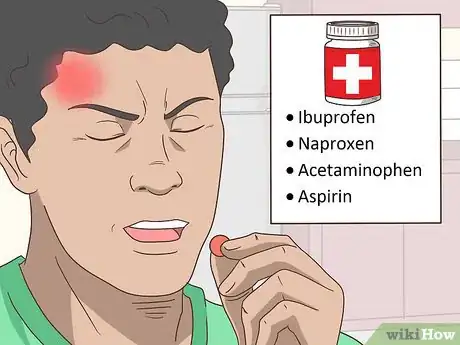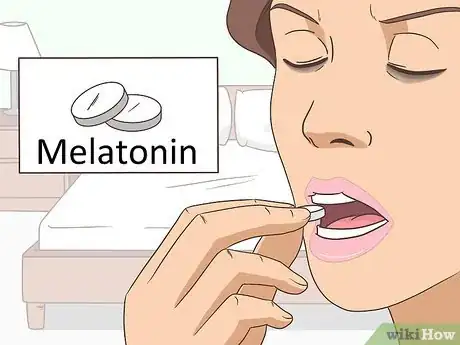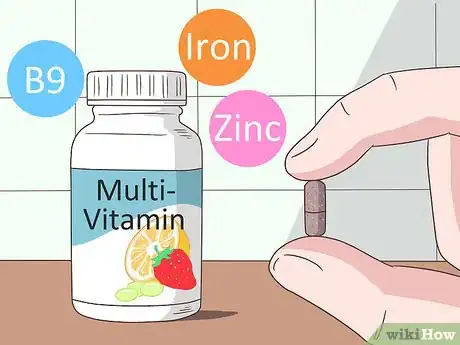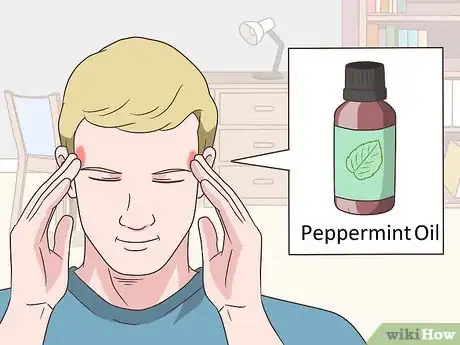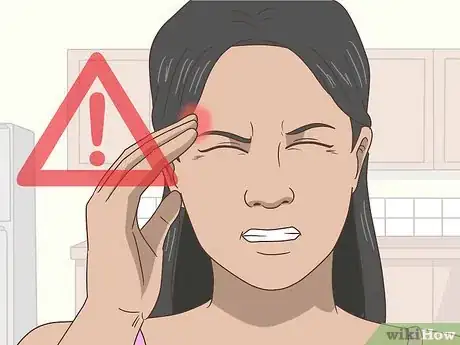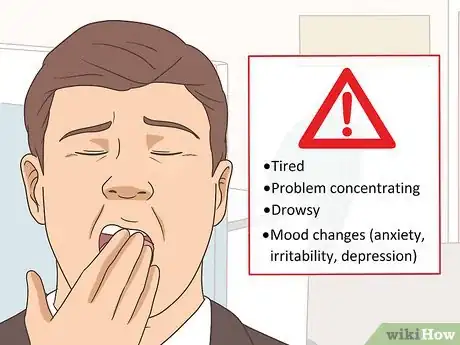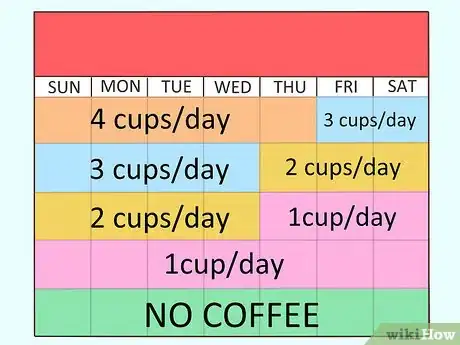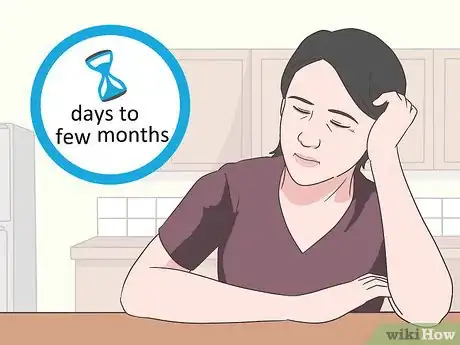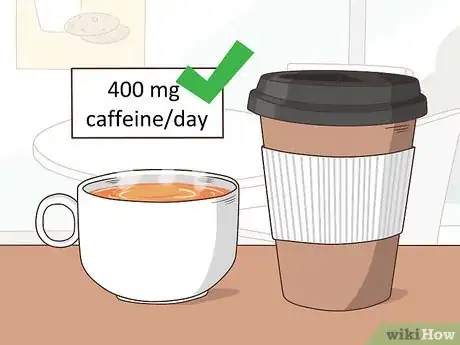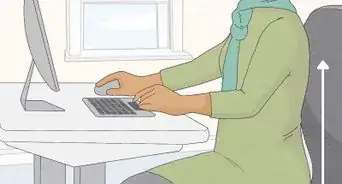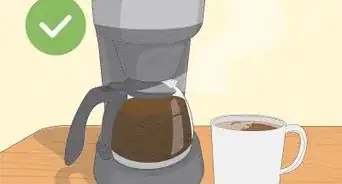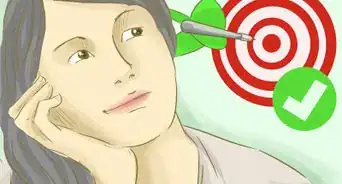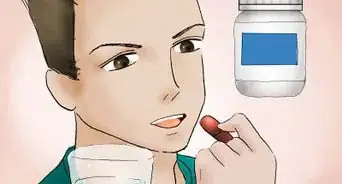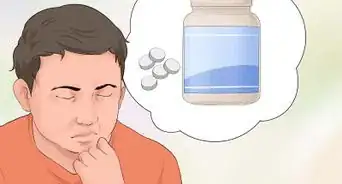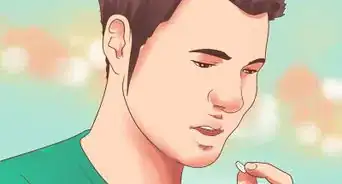This article was co-authored by Georgia Grey. Georgia Grey is a Holistic Health Coach and the Owner of Whole Body Healing Nutrition. With more than five years of experience, she specializes in autoimmune disorders, Lyme disease, and inflammation. Georgia earned a BA from Southern Methodist University and a Degree in Advanced Hormone Health from the Institute of Integrative Nutrition. She is also a Certified Holistic Health Coach through the Institute for Integrative Nutrition and a Certified Holistic Health Practitioner through the American Association of Drugless Practitioners.
There are 9 references cited in this article, which can be found at the bottom of the page.
This article has been viewed 33,376 times.
Can’t imagine making it through the day without your morning coffee? You’re not alone! Many people use caffeine to wake up in the morning and stay alert during the day. However, some people ingest too much caffeine and become addicted. If you decide to get off caffeine, it can lead to unpleasant withdrawal symptoms. To help with caffeine withdrawal, get enough sleep, drink enough water, and stay strong during the first week of symptoms.
Steps
Making Lifestyle Changes
-
1Get plenty of sleep. You may find yourself feeling sluggish and sleepy during the day. Caffeine withdrawals can leave you feeling physically and mentally tired. Your concentration may be off and you might not be thinking clearly. Making sure that you get plenty of quality sleep as you get off caffeine can help fight the fatigue you may be feeling.[1]
- Try getting at least seven to nine hours of sleep each night.
-
2Drink more water. Making sure you get enough water during this time is important. Dehydration can occur when you are going through caffeine withdrawal. To help with symptoms and make sure that you get enough fluids, increase the amount of water you drink. Try drinking eight 8-ounce glasses each day.[2]Advertisement
-
3Boost energy with physical activity. With less or no morning caffeine, you may not feel like you have any energy. Physical activity can help boost your energy in the morning without a caffeinated beverage. Moving around and getting physical activity can get your blood moving and your body warmed up. Since caffeine withdrawal causes fatigue, try adding some light exercise into your morning routine.
- You can try going for a quick jog or doing a short workout at the gym.[3]
-
4Drink herbal tea. Herbal tea is a tasty way you can combat symptoms, plus it's caffeine-free. It can also help you stay hydrated. Dehydration sometimes occurs with caffeine withdrawal and can make your symptoms worse. Herbal tea also generally has health benefits, such as antioxidants.[4]
- Try replacing your usual caffeine coffee or tea beverages with herbal teas.
- You can drink herbal teas hot or cold.
- You can also try using coffee-flavored substitutes to help your body get the taste it craves without the caffeine.
-
5Stay positive. Getting off caffeine may not be easy. Going through the withdrawals may be difficult, especially during the first week. However, the uncomfortable symptoms are temporary. Remember that you are doing something good for your body, so stay positive that you can do this and you have a good goal in mind.[5]
- To help yourself stay on track, save the money you would normally use to buy your daily coffee. When you reach a certain point, treat yourself to a nice meal or a particular item you've been wanting.
-
6Ask for support. You are making a big decision for your health, and you don't have to do this alone. Some symptoms, like mood changes, fatigue, and mental cloudiness, may be difficult to deal with alone. Talk to family members or friends about your choice to reduce caffeine. Ask them to help you through the difficult days when you feel the worst withdrawal symptoms.[6]
- Letting them know what you are doing also helps them understand why you may not be your usual self for a while.
Taking Medication and Supplements
-
1Take pain relievers. For caffeine headaches, you can take over-the-counter pain relievers to help. This can help ease the pain as you work through the withdrawal. Pain relievers can also help with muscle aches.[7]
- You can try ibuprofen, naproxen, acetaminophen, and aspirin.
-
2Try melatonin supplements to help you sleep. Caffeine withdrawals can disrupt your sleep patterns. You may not be able to fall asleep and you may wake up a lot during the night. Melatonin is a substance your body naturally produces to help promote sleep. Supplements can help you fall asleep and reestablish normal sleeping patterns. Take the supplement about 45 minutes to an hour before you want to fall asleep.[8]
- Caffeine messes up your circadian rhythms, so melatonin can help you naturally get that rhythm back.
-
3Take vitamin and mineral supplements. Your body is detoxing from the caffeine while you go through withdrawal. Some of your organs, like your bowels, may be adjusting to functioning with caffeine to stimulate them. Vitamin and mineral supplements may help your body adjust better as you get off caffeine.[9]
- Supplements you may want to try include vitamin C, magnesium, calcium, potassium, zinc, and B-vitamins.
- You can also increase your intake of fruits and vegetables to increase the amount of vitamins and minerals you eat.
-
4Try peppermint. Peppermint may be able to help with your withdrawal symptoms, like headaches or nausea. Plus it smells and tastes great. Try placing peppermint oil on your temples to help with headaches. You can also try sucking on hard peppermint candy. Peppermint tea, which is caffeine free, may also help with headaches or nausea.[10]
Dealing with Symptoms
-
1Notice headaches. The most common symptom you may feel from caffeine withdrawal is headaches. You may get a headache as soon as 12 hours after stopping caffeine. The headaches may be worse for the first couple of days after you stop using caffeine. If you drank a lot of caffeine, you may experience worse headaches.[11]
-
2Recognize other symptoms. There are other symptoms that may occur because of caffeine withdrawal. You may feel tired, have problems concentrating, or feel drowsy. Some people even feel like their brain is in a fog. Mood changes may also occur, like anxiety, irritability, or depression.[12]
- Some people experience flu-like symptoms or muscle aches.
- You may experience an erratic heartbeat.
-
3Cut out caffeine gradually to lessen the risk of symptoms. You may not want to quit cold turkey because you are worried about symptoms. Phasing caffeine out of your daily life, and therefore your body, may help reduce the symptoms you experience compared to stopping cold turkey. Try to cut back on the number of cups of caffeinated beverages you drink each day to start reducing your consumption.[13]
- For example, if you drink four cups of coffee each day, you may drink three cups for a few days, then two cups for a few days, and then go down to one before quitting completely.
- You can also try switching to half caf coffees or trying decaf. Some people find it easier on their systems to cut caffeine out gradually.
-
4Expect symptoms to last up to a few months depending on your caffeine consumption. Caffeine withdrawal symptoms vary from person to person. Some people experience symptoms for a few days, others a week, while some people may go through withdrawal for two months. The duration of withdrawal symptoms correlates to the amount of caffeine consumed each day.[14]
- Though some symptoms may continue for weeks, most of the worst symptoms go away after about a week.
-
5Reduce your caffeine consumption to a healthier level. You may not want to cut coffee and tea out of your life completely. Despite having caffeine, both coffee and tea have positive health effects. However, if you consume too much, you may need to cut down, which can lead to withdrawals. The standard safe amount of caffeine for adults is up to 400 milligrams.[15]
- This is approximately four cups of brewed coffee, 10 sodas, or two energy drinks. However, this caffeine content varies, especially for energy drinks or coffee from coffee chains.
- Try to get an idea of how much caffeine you consume. Some people drink around 1000 mg of caffeine each day from coffee and energy drinks without realizing it.
References
- ↑ http://www.onemedical.com/blog/live-well/caffeine-withdrawal/
- ↑ https://www.caffeineinformer.com/caffeine-headache
- ↑ http://www.webmd.com/diet/news/20061103/exercise-fights-fatigue-boosts-energy
- ↑ http://www.onemedical.com/blog/live-well/caffeine-withdrawal/
- ↑ http://www.theyoganomads.com/survive-5-year-coffee-addiction-expect-first-7-days-hint-sucked/
- ↑ http://www.theyoganomads.com/survive-5-year-coffee-addiction-expect-first-7-days-hint-sucked/
- ↑ https://www.caffeineinformer.com/caffeine-headache
- ↑ http://www.theyoganomads.com/survive-5-year-coffee-addiction-expect-first-7-days-hint-sucked/
- ↑ https://www.womenshealthnetwork.com/detoxification/caffeine-withdrawal/
- ↑ http://www.glamour.com/story/3-natural-ways-to-cure-a-caffe
- ↑ http://www.onemedical.com/blog/live-well/caffeine-withdrawal/
- ↑ https://www.caffeineinformer.com/caffeine-withdrawal-symptoms-top-ten
- ↑ http://www.onemedical.com/blog/live-well/caffeine-withdrawal/
- ↑ https://www.caffeineinformer.com/caffeine-withdrawal-symptoms-top-ten
- ↑ http://www.mayoclinic.org/healthy-lifestyle/nutrition-and-healthy-eating/in-depth/caffeine/art-20045678
